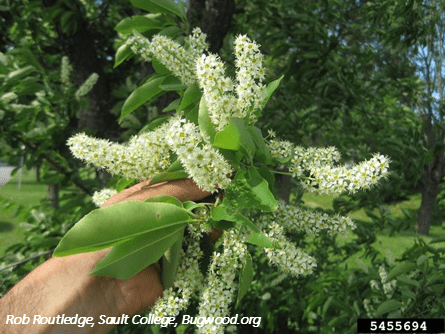Updated: May 19, 2025
Maryland’s Nutrient, Animal Waste, and Technology Landscape (FS-2024-0737)
A culmination of recent research on Maryland’s livestock sector assesses nutrient production, management practices, and treatment technologies, highlighting areas where nutrient outputs exceed processing capacity to support informed policymaking, strategic investments, and public awareness. Authors: Lillian Masson, Elizabeth Thilmany, Stephanie Landsing, and Derek Wietelman; Title: Maryland’s Nutrient, Animal Waste, and Technology Landscape (FS-2024-0737).





